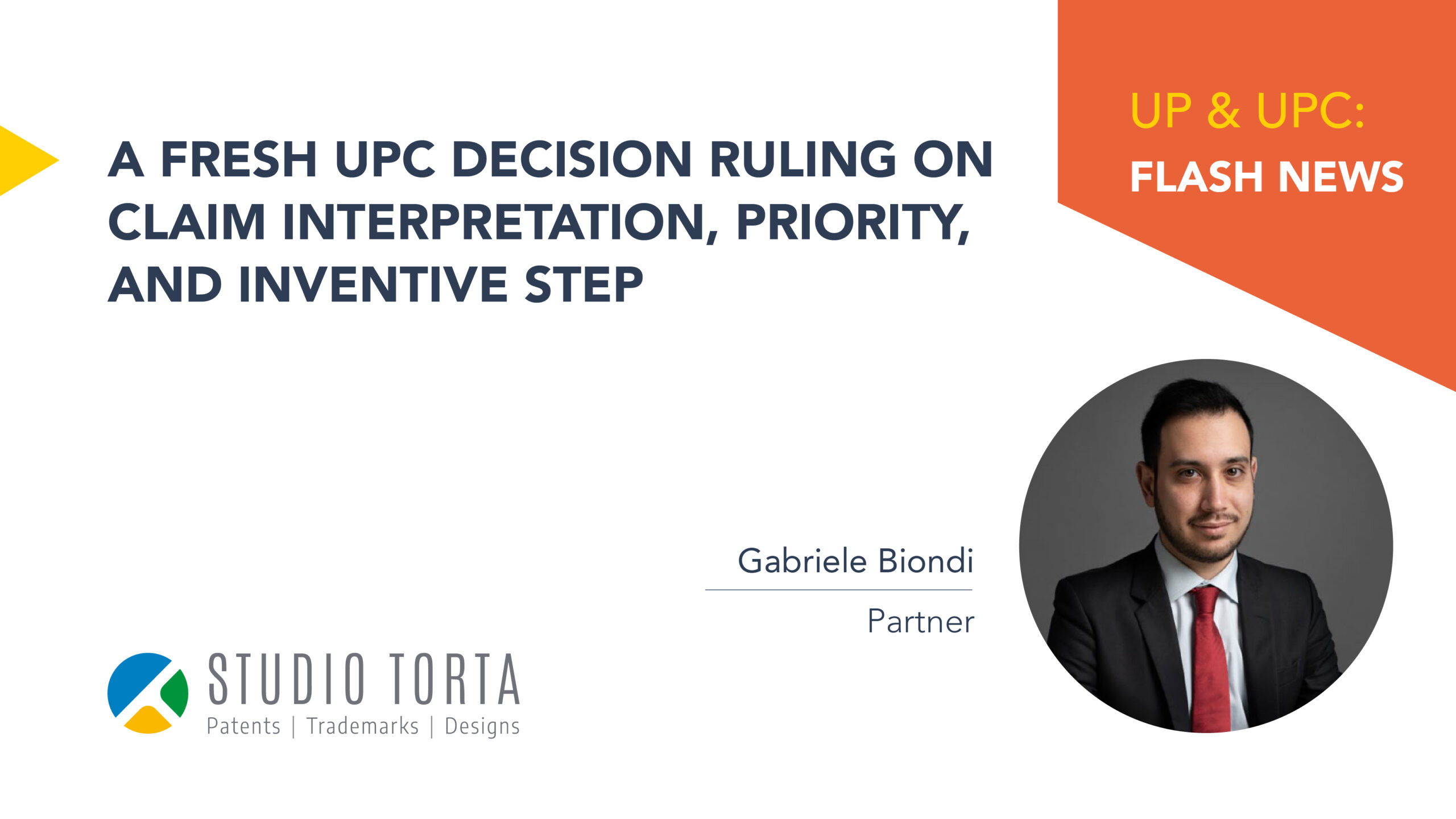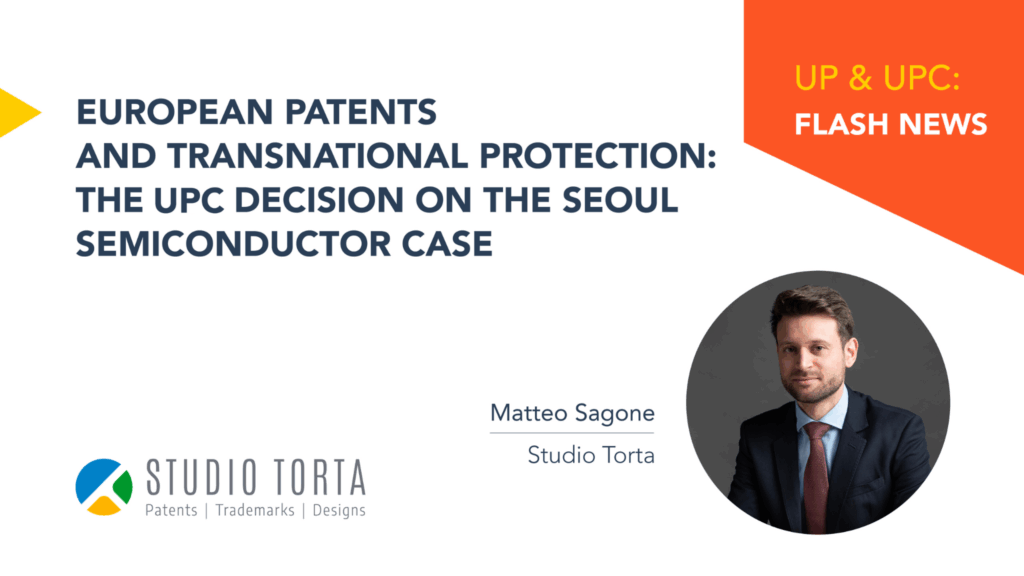An important first instance decision by the Paris Central Division upholds the use of guidelines set on claim interpretation by the UPC Court of Appeal
Following the UPC_CoA_335/2023 order (see our previous article [link]), the Paris Central Division has ruled on an invalidity counterclaim against European patent EP 3666797 B1 by making a clear and explicit reference to the line of reasoning defined by the above order regarding the interpretation of claims. The action itself, involving the pharmaceutical companies Amgen Inc. as the patent owner and Regeneron Pharmaceutical Inc. as the alleged infringer, arose from a bifurcation agreed upon by the parties of a first infringement action before the Munich Local Division and the related invalidity counterclaim at issue before the Paris Central Division.
An important and fundamental part of the decision is based on the interpretation of the claimed subject matter, which was defined by paying great attention to the description. In fact, according to the line dictated by Order UPC_CoA_335/2023, to which the decision refers, the description absolutely must be taken into account to determine whether a claimed term or feature can have its common technical meaning or conversely must be interpreted with a meaning peculiar to the lexicon used in the patent description, also in view of the function that the feature has in itself and in the overall claimed content.
Many parts of the decision are devoted to a comparison between the claimed expressions and the paragraphs of the description referring to those expressions, with conclusions that sometimes confirm the breadth of meaning of the claimed terms and at other times instead narrow the field to an interpretation more in keeping with the described content, always following the logical thread of technical common sense that leaves no room for speculative or philological interpretations attached to the literalness of the claimed expressions. Further significant points of the decision concern the concept of “same invention” for the validity of the priority claim and the evaluation of inventive step.
In both cases, the decision follows some of the principles of the EPO Guidelines by imposing the so-called “disclosure test” for verifying priority (the invention enjoys priority if it can be derived directly and unambiguously from the content of the first filing) and partly confirming the application of the problem-solution approach, without nevertheless making an explicit reference thereto, thereby undertaking an independent reasoning line from EPO classic principles.
In its analysis of inventive step, the Division emphasises the definition of “skilled person” and the determination of “closest prior art”.
As for the latter, the Division states that it does not necessarily have to be the most promising starting point, but merely a realistic starting point. The term realistic seems to be a novelty compared to the EPO Guidelines and would seem at first glance to downplay the importance of the choice of the closest prior art. Regarding the last step of the problem-solution approach, i.e. the final assessment of obviousness, the Division appears to favour once again a more technically oriented than formally oriented view, stating that obviousness is already found when the skilled person would arrive at a result covered by the claims without intuitive input and not only when the skilled person arrives at the claimed solution in an inevitable way by following prior documents.
The end result was that all of the patent claims and auxiliary requests were found to be devoid of inventive step, so the patent was revoked in its entirety. The Division ordered the losing party to pay attorneys’ fees amounting to about 1 million euros against a value of the case agreed upon by the parties of 100 million euros (about one hundredth of the value of the case). In this case, therefore, the patent owner emerges from the lawsuit with a negative first judgment and significant losses, albeit commensurate with the significant stakes involved. A further interesting aspect emerging from this lawsuit concerns the involvement of representatives from multiple European nations, which again, however, is concordant with the great value of the case at hand.
We will see whether this decision will have a further consistent follow-up or it will constitute an isolated case.
For more information, please click here Proceeding Decision | Unified Patent Court (unified-patent-court.org).



